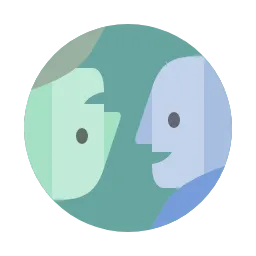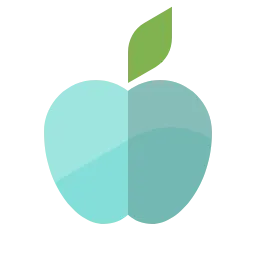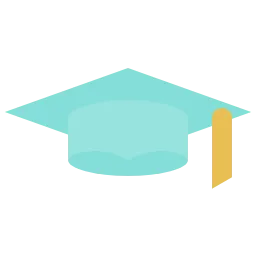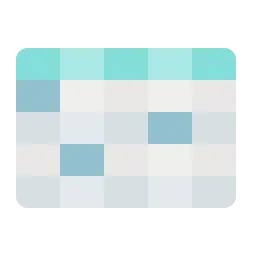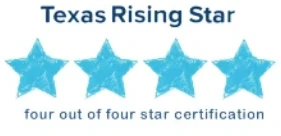Building Big Futures: How Technology and Hands-On Learning Empower Early Childhood Education
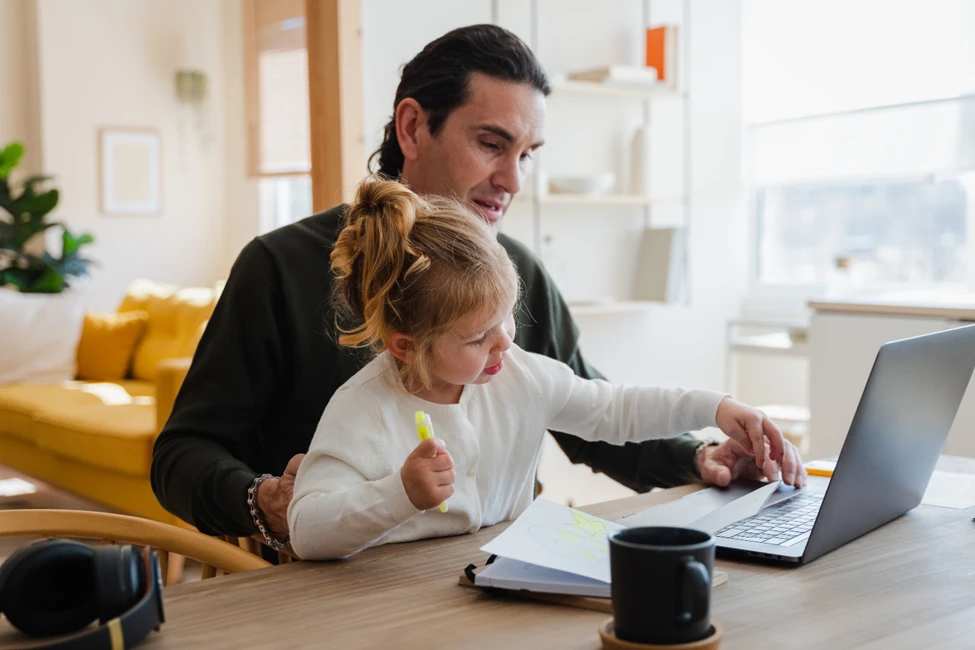
As the Executive Director of The LUX Schools and a graduate student in early childhood education, I often reflect on the role technology and hands-on learning play in shaping young minds. The ways we integrate tools, foster creativity, and teach problem-solving skills not only influence academic success but also create lifelong habits of critical thinking, collaboration, and adaptability. By aligning our practices with the ISTE Standards for Educators and Students, we ensure that children are prepared for the future while staying grounded in a developmentally appropriate approach to learning.
Here’s a glimpse into how we use these principles at The LUX Schools and some practical takeaways for parents looking to support their child’s learning journey.
Fostering Ownership and Creativity
One of our key goals at The LUX Schools is to create environments where children take ownership of their learning. In our Montessori-inspired classrooms, children set goals for the day, choose activities aligned with their interests, and explore materials at their own pace. This aligns with the ISTE Facilitator standard, which encourages educators to foster a culture of student ownership.
For parents: Encourage your child to make choices at home, whether it’s deciding what story to read, selecting a creative activity, or planning their own mini-project. When children feel they have a voice, they are more motivated and invested in their learning.
Technology as a Tool, Not a Replacement
We’ve seen how technology can enhance learning when used appropriately. For example, interactive apps and games can support early math and literacy skills while fostering independence. But the key is balance—hands-on activities remain the heart of our curriculum. Our recent marble exploration project integrated STEM concepts like motion and measurement, showing how physical play can teach abstract ideas.
This reflects the ISTE Knowledge Constructor standard, where students critically explore real-world problems using a blend of hands-on activities and digital tools.
For parents: Look for ways to blend hands-on play with technology at home. Use simple coding apps or online storytelling tools, but pair them with tangible activities like building blocks or crafting. This combination engages multiple learning styles and reinforces critical thinking.
Developing Problem-Solving Skills
Problem-solving starts early, and it’s amazing how even young children can engage with concepts like sequencing or trial-and-error experimentation. In our classrooms, we guide children to break problems into parts, such as building a structure or testing how marbles move through different pathways. This approach aligns with the ISTE Computational Thinker standard, which encourages students to analyze and solve problems using logical strategies.
For parents: Create opportunities for problem-solving at home. Build obstacle courses, experiment with simple science projects, or let your child help solve everyday challenges, like organizing their toys. Ask open-ended questions like, “What do you think will happen if…?” or “How can we try this differently?”
Ethical Use of Technology
As exciting as technology can be, it also comes with responsibilities. At The LUX Schools, we are mindful of teaching digital citizenship early, even in small ways like guiding students on how to use apps or handle devices responsibly. The ISTE Facilitator standard calls for educators to model responsible technology use, ensuring students grow up as thoughtful digital citizens.
For parents: Be a role model when using technology. Show your child how to balance screen time, use apps wisely, and respect online content. Teaching these habits early sets a strong foundation for responsible technology use in the future.
Parents as Partners
One of the most rewarding parts of my role is collaborating with parents to extend learning beyond the classroom. Parents are children’s first teachers, and together we can create a seamless learning environment. Whether it’s using digital tools to share classroom updates or involving families in hands-on projects, we aim to keep parents engaged in their child’s development.
For parents: Stay involved in your child’s education by asking about their day, exploring classroom apps, or joining projects that your child brings home. When children see their parents engaged, they feel supported and inspired to learn.
Looking Ahead
At The LUX Schools, we’re continuously finding new ways to integrate the best of technology and hands-on learning while keeping our Montessori roots intact. Whether it’s using AI tools to support curriculum development or helping children develop early problem-solving skills, we’re excited to prepare our students for a world that is both increasingly digital and deeply connected to human creativity.
As parents, you play a crucial role in fostering this balance at home. By encouraging curiosity, supporting creativity, and modeling responsible technology use, you’re setting the stage for your child to thrive in school and beyond.
Let’s keep building big futures—together.
What are some ways you’ve supported your child’s learning at home? I’d love to hear from you.
Holly Barber-Gatlin
Executive Director - The LUX School
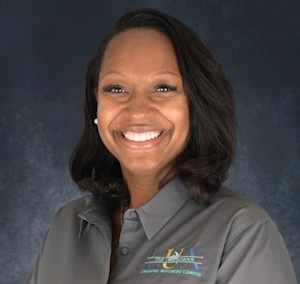
Personal Early Learning and Curriculum Philosphy Paper
 Notices
Notices
 Enrollment
Enrollment
Accepting students ages 6 weeks to 12 years. Enroll Today!
 Hours of Operation
Hours of Operation
Monday through Friday
6:00 AM – 6:30 PM
 Location
Location
 Payment Options
Payment Options
![]()
![]()
![]()
CHECK/ACH MONEY ORDER
We Love The LUX School
Schedule a Tour Today to Find Out More!
Why the LUX School?
We care about the education of young children in our community. We collaborate with parents to balance the care and scholastic needs of their children. We change by offering educational opportunities for early childhood employees that seek enrichment.
Copyright © 2021 The LUX School
Powered By: EvolveTheBrand.com

 1-833-LUX-KIDS
1-833-LUX-KIDS

